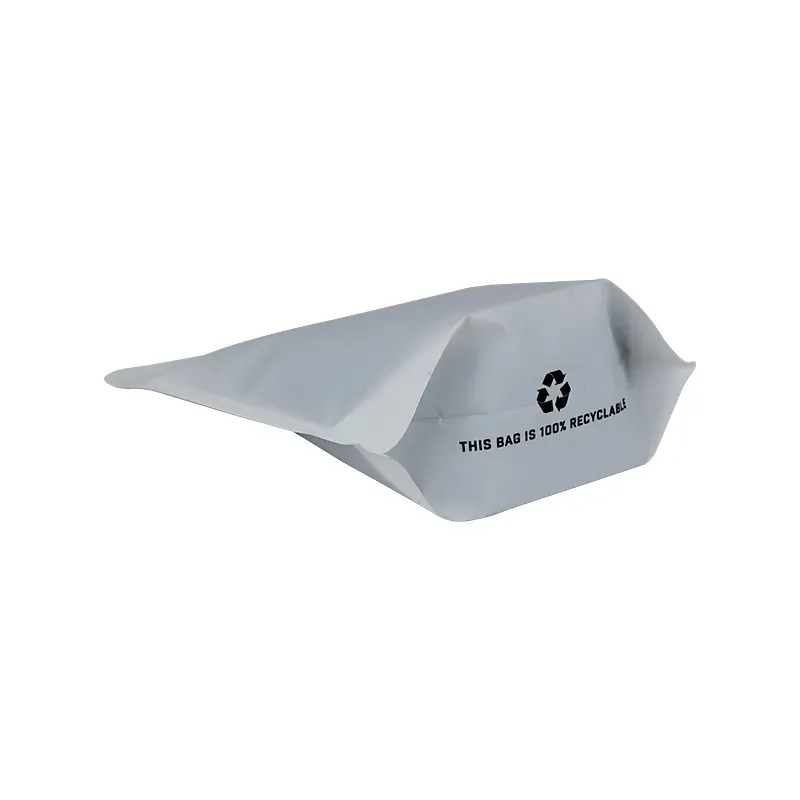- Afrikaans
- Albanian
- Amharic
- Arabic
- Armenian
- Azerbaijani
- Basque
- Belarusian
- Bengali
- Bosnian
- Bulgarian
- Catalan
- Cebuano
- chinese_simplified
- chinese_traditional
- Corsican
- Croatian
- Czech
- Danish
- Dutch
- English
- Esperanto
- Estonian
- Finnish
- French
- Frisian
- Galician
- Georgian
- German
- Greek
- Gujarati
- haitian_creole
- hausa
- hawaiian
- Hebrew
- Hindi
- Miao
- Hungarian
- Icelandic
- igbo
- Indonesian
- irish
- Italian
- Japanese
- Javanese
- Kannada
- kazakh
- Khmer
- Rwandese
- Korean
- Kurdish
- Kyrgyz
- Lao
- Latin
- Latvian
- Lithuanian
- Luxembourgish
- Macedonian
- Malgashi
- Malay
- Malayalam
- Maltese
- Maori
- Marathi
- Mongolian
- Myanmar
- Nepali
- Norwegian
- Norwegian
- Occitan
- Pashto
- Persian
- Polish
- Portuguese
- Punjabi
- Romanian
- Russian
- Samoan
- scottish-gaelic
- Serbian
- Sesotho
- Shona
- Sindhi
- Sinhala
- Slovak
- Slovenian
- Somali
- Spanish
- Sundanese
- Swahili
- Swedish
- Tagalog
- Tajik
- Tamil
- Tatar
- Telugu
- Thai
- Turkish
- Turkmen
- Ukrainian
- Urdu
- Uighur
- Uzbek
- Vietnamese
- Welsh
- Bantu
- Yiddish
- Yoruba
- Zulu
is desiccant toxic
Is Desiccant Toxic?
Desiccants are substances that are used to absorb moisture from the air in order to keep products dry. They play a crucial role in various industries ranging from pharmaceuticals to electronics, ensuring that moisture-sensitive items are protected from damage. Common examples of desiccants include silica gel, activated carbon, calcium chloride, and molecular sieves. While desiccants are highly beneficial in controlling humidity, there is a growing concern about their safety and potential toxicity. This article explores the toxicity of desiccants, focusing on the most widely used types, their applications, and safety considerations.
Understanding Desiccants
Desiccants work by creating an environment with lower humidity levels, which prevents the growth of mold, mildew, and bacteria and protects items like medicines, food, and electronic devices from moisture-related damage. Silica gel, the most common desiccant, is usually found in small packets marked with “Do Not Eat.” Though silica gel is not considered toxic, it can be a choking hazard if ingested, particularly for children and pets. It is important to note that silica gel is chemically inert and is not harmful in small quantities.
Calcium chloride is another common desiccant that is more pervasive in humid environments. While it is effective in moisture control, exposure to its dust can cause irritation to the skin, eyes, and respiratory tract. When handled correctly, the risk of toxicity remains low, but caution should be exercised during use. Calcium chloride is hygroscopic, meaning it attracts moisture; as it absorbs water, it can dissolve and form a briny solution, which can pose disposal challenges.
Health Effects of Desiccants
The potential toxicity of desiccants can vary significantly depending on the substance in question. For example, activated carbon, often used in air filtration systems, is generally safe. However, excessive inhalation of its dust can irritate the respiratory system. Similar precautions apply to desiccants that contain chemicals such as sodium sulfate or magnesium sulfate, which are also non-toxic but can cause minor irritation.
It is crucial to differentiate between desiccants that are harmless when used as intended and those that may pose risks under certain conditions. For instance, the ingestion of larger quantities of any desiccant, including silica gel and calcium chloride, can lead to serious health complications, including gastrointestinal disorders or dehydration.
Safe Handling Practices
is desiccant toxic

To minimize risks associated with desiccants, it is important to adhere to safety guidelines during their use
. Here are some recommended practices1. Keep Out of Reach Store desiccant packets and containers away from children and pets to prevent accidental ingestion.
2. Avoid Inhalation When handling powdered desiccants, work in well-ventilated areas and consider wearing a mask to prevent inhaling dust particles.
3. Use Appropriate Containers When using desiccants in industrial or commercial applications, ensure that they are contained in appropriate, labeled packages to prevent accidental exposure.
4. Follow Disposal Guidelines Dispose of used desiccants according to local regulations to avoid environmental contamination.
5. Read Material Safety Data Sheets (MSDS) Each desiccant has an MSDS that outlines its safety profile, including toxicity and handling instructions.
Conclusion
In conclusion, while many desiccants are not classified as toxic, improper use or exposure can lead to health risks. By understanding the differences between various desiccant types and following proper safety protocols, individuals can effectively use these moisture-absorbing agents without significant concern for toxicity. Overall, when used correctly, desiccants provide an invaluable service in protecting products and prolonging their shelf life, all while posing minimal risk to human health.













